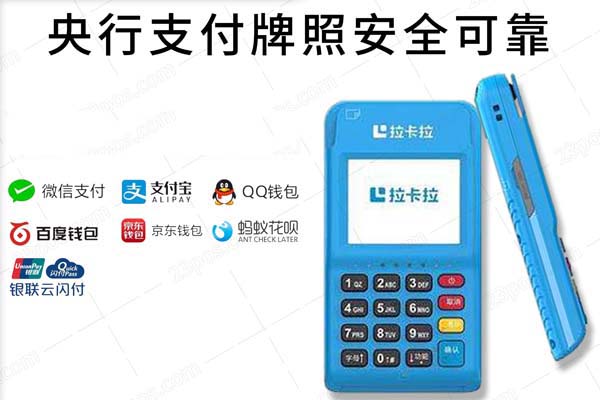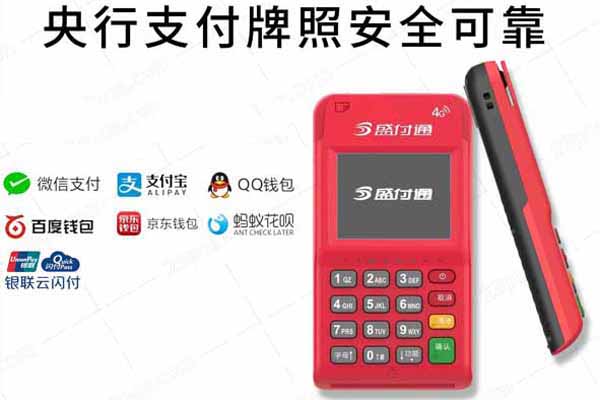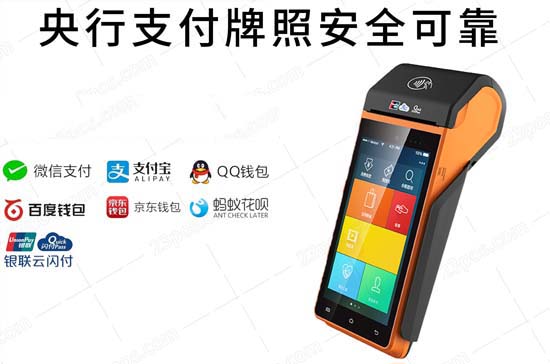pos机签购单用英语怎么说

Title: English Translation of "POS Machine Receipt"
Pos machine receipt, also known as a Point of Sale (POS) transaction record, is an important document that records the details of a payment made at a retail establishment using a point-of-sale system. The term "POS" itself refers to Point of Sale, a device used in retail settings for processing transactions, such as cash or credit card payments.

1、POS Purpose: POS machines are primarily used for accepting payments from customers. They can be found in many retail outlets, convenience stores, and gas stations. The primary purpose of a POS is to facilitate the exchange of money between the seller and the buyer, often through a credit card or debit card.
2、POS Application: POS applications can be broadly categorized into two main types: standalone POS systems and integrated POS systems. Standalone POS systems require a separate computer or terminal for each location where the system is used. Integrated POS systems, on the other hand, integrate multiple functions into one system, making it easier to manage and update information.
3、POS Brands: There are several well-known POS brand names in the market today, including Square, PayPal, and PayPal Ready. These brands offer different features and pricing options to suit the needs of various businesses. For example, Square is known for its easy-to-use interface and low cost, while PayPal Ready offers more security features for higher-risk transactions.
4、POS Fee: When purchasing a POS system, there may be fees associated with the purchase, installation, and ongoing maintenance. These fees can vary depending on the brand and model of the system being purchased. Some vendors may also charge additional fees for upgrades or support services. It is essential to carefully review the terms and conditions of any contract before signing to ensure that all fees are transparent and reasonable.
5、Q&A on POS Machine Receipt Translation:
Question 1: What does the term "POS machine receipt" refer to?
Answer: The term "POS machine receipt" refers to the document generated by a point-of-sale (POS) system that records the details of a payment transaction made at a retail establishment. This could include the date and time of the transaction, the amount paid, and any applicable discounts or promotions.
Question 2: How is a POS machine receipt different from a standard receipt?
Answer: A POS machine receipt is typically more detailed and includes additional information about the transaction, such as the merchant's name and address, the customer's identification number, and any applicable taxes or fees. In contrast, a standard receipt would only include basic information about the transaction, such as the amount paid and the date of payment.
Question 3: Can a POS machine receipt be translated into English?
Answer: Yes, a POS machine receipt can be translated into English. Many online translation services offer this service, which allows businesses to easily translate their receipts into various languages for cross-border transactions or international collaboration.
Question 4: How do I find reliable translation services for POS machine receipts?
Answer: To find reliable translation services for POS machine receipts, it is recommended to research and compare different providers based on their reputation, language proficiency, and customer reviews. It is also important to ensure that the translation services have access to the latest translation technology to maintain accuracy and timeliness in translations.
Question 5: Are there any potential issues with relying solely on translation services for POS machine receipts?
Answer: While translation services can be helpful for cross-border transactions, relying solely on them may not always provide the highest level of accuracy and detail. It is essential to verify that the translation services used are authorized and certified by relevant authorities to ensure compliance with local laws and regulations. Additionally, it is important to regularly review and update translations to ensure accuracy over time.









